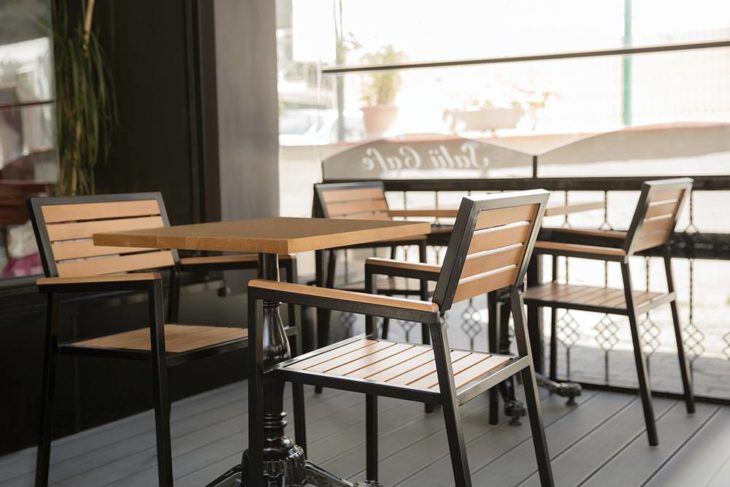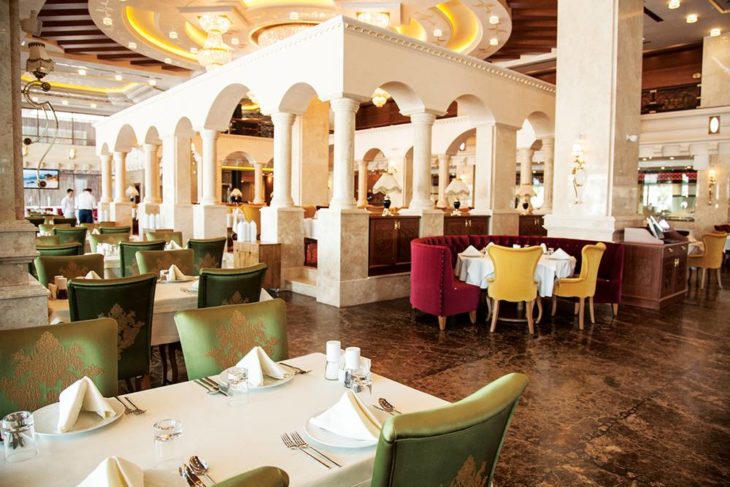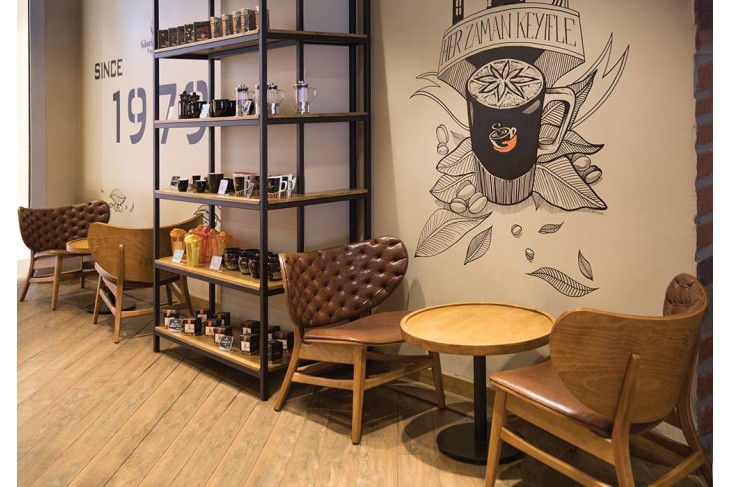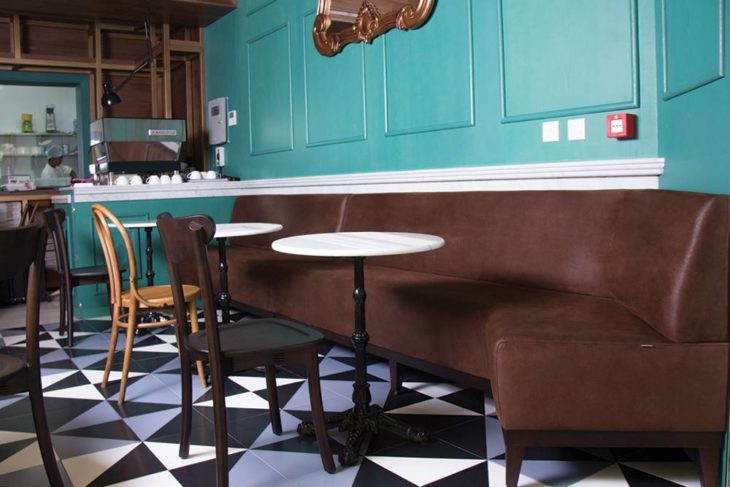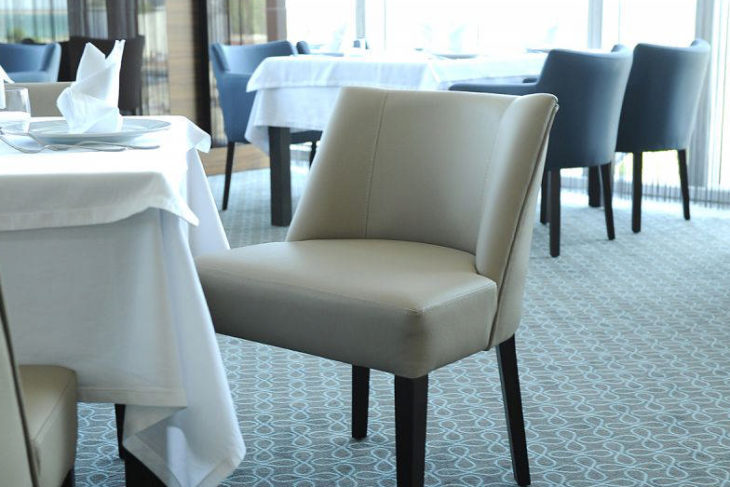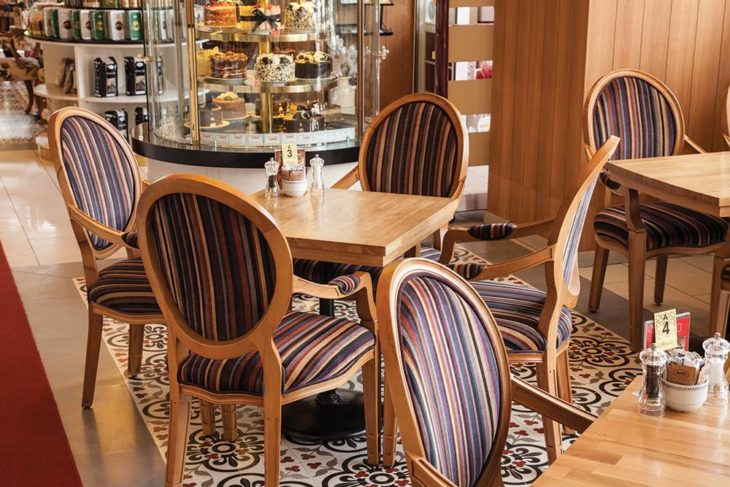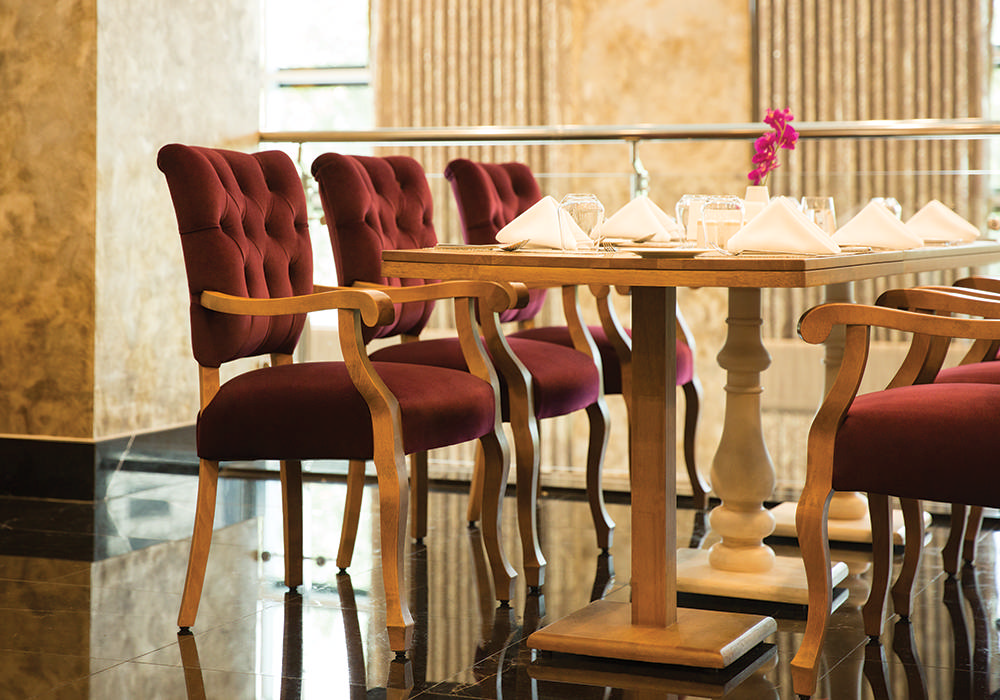
When you are an interior designer, you are involved in all aspects of design from lighting and furniture to doors, windows, and walls. An interior designer’s goal is to arrange these elements in an aesthetically pleasing, safe, and functional manner for the client. There are many potential customers for interior design companies. Among them are private homes owners, airports, theaters, malls, restaurants, hotels, hospitals, and corporations. Being a good designer requires you to be a psychologist, an artist, an architect, and a designer all rolled into one. Having knowledge of building code regulations, floor plans, building materials, modern designs, and current renovation trends is also a must to be a successful interior designer.
The initial step a professional interior designer typically takes is to understand the client’s style and practical needs. A designer does all kinds of things, such as examining budgets, looking at lifestyle, scrutinizing homes for extra space, determining preferences in color and style, and finding the good and bad things about the particular design of a space. After that, the designer must figure costs and formulate a design image using computer aided interior design programs. After a proposal is presented, the designer will then move forward with the proposed plan or, if the client rejects the proposal, must start over to create a new design.
More and more clients are expected to employ the services of interior designers in the future. For example, one area you might not have considered is the health care industry. Today there is a need to redesign their facilities to make them less institutional looking and more inviting for patients. Corporate offices are looking to designers for ways to make their facilities better so that their employees can be more productive. Restaurants and hotels employ interior designers as a way of garnering a good portion of the tourist dollars. Today’s luxury market homes are calling for designs that include personal media centers, libraries, home offices, deluxe wine cellars, indoor gardens, and home spas. This has created a need for designers in that market as well. It should come as no surprise to those who are looking at the trends, that there is a new demand for environmentally friendly building design, and this demand is expected to grow.
In 2006, there were no less than 72,000 jobs available in interior design. The average salary was $42,260. Out of those, 26% were employed in niche interior design market and 26% were self-employed. The remainder of designers worked for residential construction companies, building suppliers, furniture stores, landscaping firms, and architectural firms. Many interior design professionals have regular jobs and also do freelance work on the side. The Bureau of Labor Statistics says this job field will grow by 19% before the year 2016. Regardless of the rise in interest in DIY decorating, there will always be a need for seasoned professionals.
